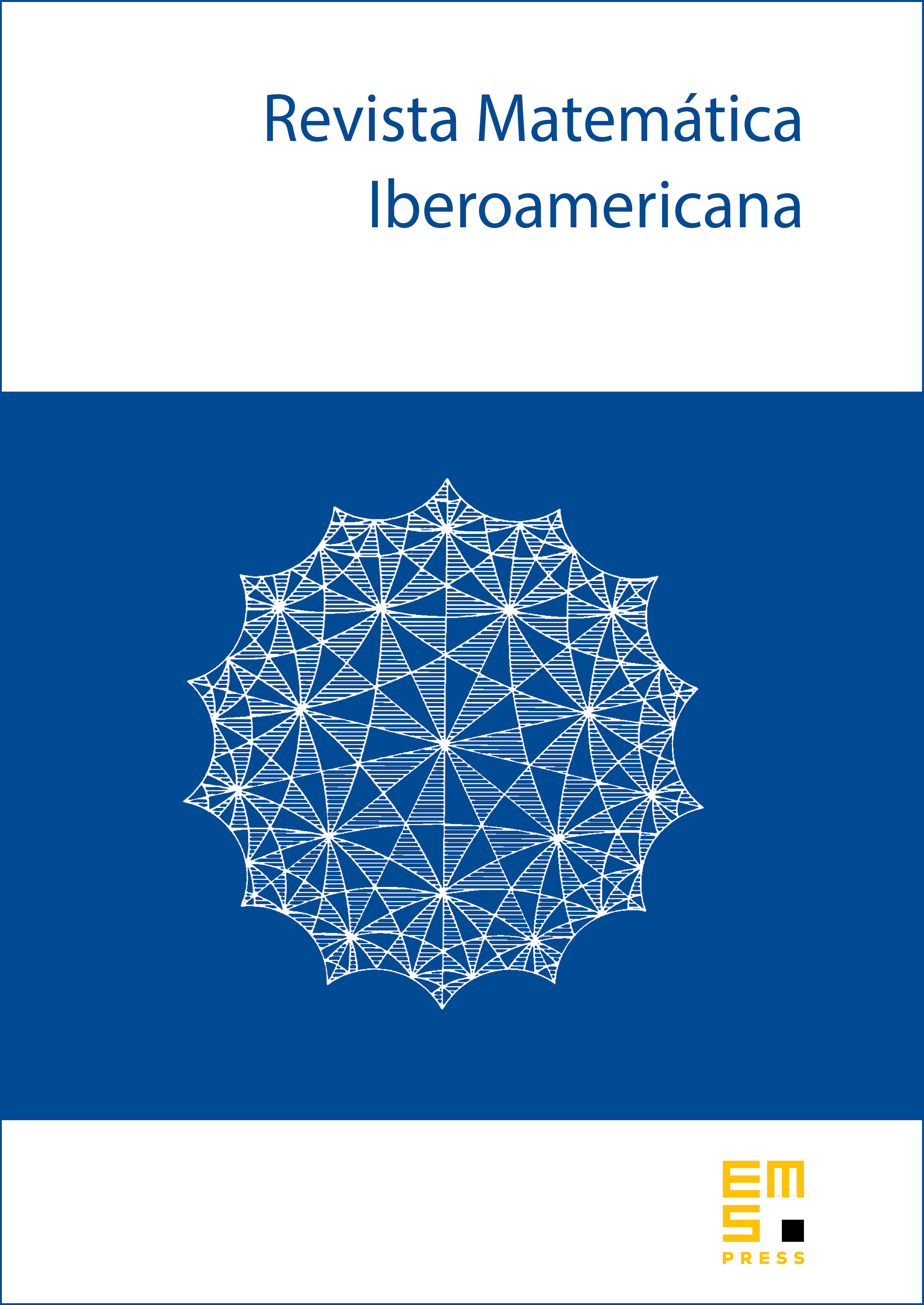The complete classification of empty lattice 4-simplices
Óscar Iglesias-Valiño
Universidad de Cantabria, Santander, SpainFrancisco Santos
Universidad de Cantabria, Santander, Spain

Abstract
An empty simplex is a lattice simplex with only its vertices as lattice points. Their classification in dimension three was completed by G. White in 1964. In 1988, S. Mori, D. R. Morrison, and I. Morrison started the task in dimension four, with their motivation coming from the close relationship between empty simplices and terminal quotient singularities. They conjectured a classification of empty simplices of prime volume, modulo finitely many exceptions. Their conjecture was proved by Sankaran (1990) with a simplified proof by Bober (2009). The same classification was claimed by Barile et al. in 2011 for simplices of non-prime volume, but this statement was proved wrong by Blanco et al. (2016+). In this article, we complete the classification of 4-dimensional empty simplices. In doing so, we correct and complete the classification by Barile et al., and we also compute all the finitely many exceptions, by first proving an upper bound for their volume. The whole classification has: 1) One 3-parameter family, consisting of simplices of width equal to one. 2) Two 2-parameter families (the one in Mori et al., plus a second new one). 3) Forty-six 1-parameter families (the 29 in Mori et al., plus 17 new ones). 4) 2461 individual simplices not belonging to the above families, with (normalized) volumes ranging between 24 and 419. We characterize the infinite families of empty simplices in terms of the lower dimensional point configurations that they project to, with techniques that can potentially be applied to higher dimensions and other classes of lattice polytopes.
Cite this article
Óscar Iglesias-Valiño, Francisco Santos, The complete classification of empty lattice 4-simplices. Rev. Mat. Iberoam. 37 (2021), no. 6, pp. 2399–2432
DOI 10.4171/RMI/1268